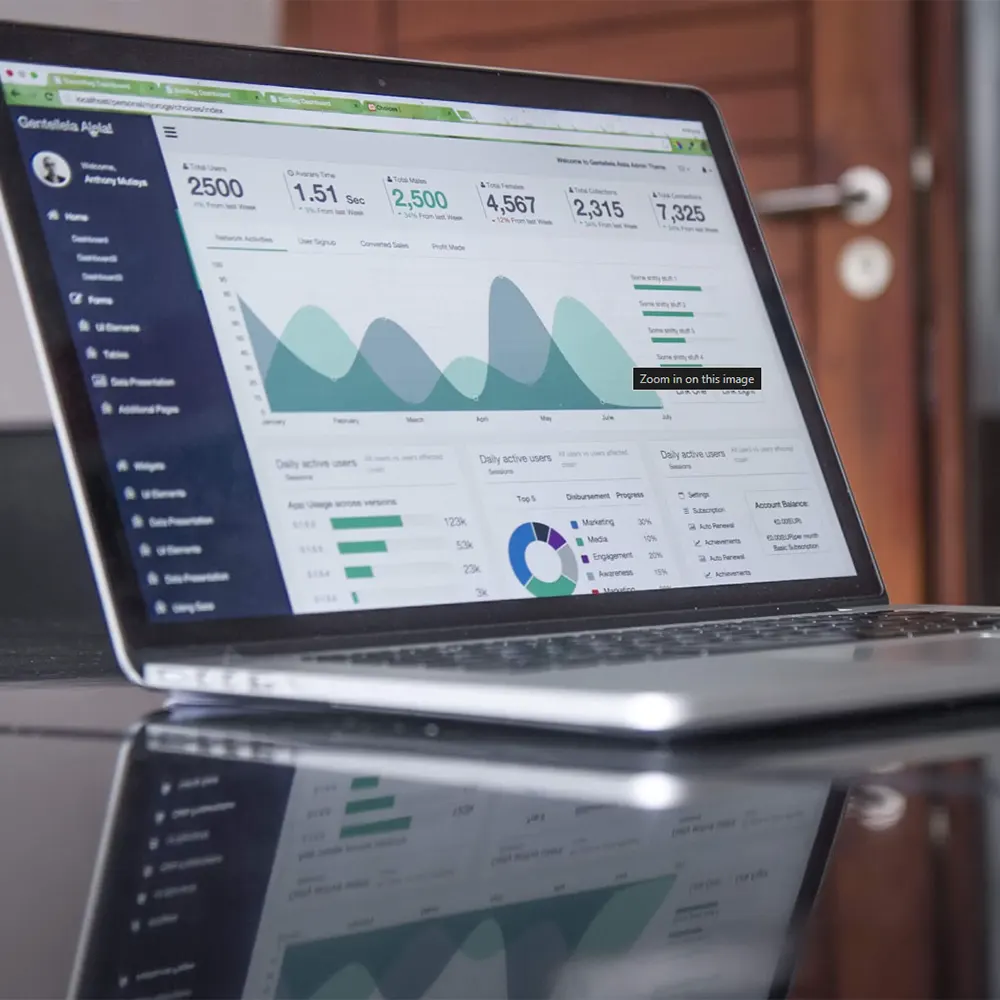
E-Commerce Website Design: Strategies for Success
In the digital age, e-commerce has revolutionized the way businesses sell products and services online. However, with the increasing competition in the online marketplace, having a well-designed e-commerce website is essential for success. In this article, we’ll explore effective strategies for designing an e-commerce website that drives traffic, engages customers, and maximizes sales.
The Importance of E-Commerce Website Design
E-commerce website design plays a pivotal role in shaping the online shopping experience for customers. A visually appealing and user-friendly website can significantly impact customer engagement, conversion rates, and brand perception. Here are some key reasons why e-commerce website design is crucial:
- First Impressions: Your website is often the first point of contact between your business and potential customers. A well-designed website creates a positive first impression and instills confidence in your brand.
- User Experience: A seamless and intuitive user experience encourages visitors to explore your website, find products easily, and make purchases without frustration.
- Conversion Optimization: Effective website design elements, such as clear calls-to-action, persuasive product descriptions, and streamlined checkout processes, can increase conversion rates and drive sales.
- Brand Identity: Your website design should reflect your brand identity, values, and aesthetic, helping to establish brand recognition and loyalty among customers.
- Mobile Responsiveness: With the rise of mobile shopping, ensuring that your website is responsive and optimized for mobile devices is essential for reaching and engaging customers on-the-go.
Key Strategies for E-Commerce Website Design
When designing an e-commerce website, it’s essential to consider the following strategies to ensure its success:
- Clear Navigation: Design a clear and intuitive navigation menu that makes it easy for users to find what they’re looking for. Use logical categories and subcategories to organize products and improve discoverability.
- High-Quality Visuals: Use high-resolution images and videos to showcase your products from multiple angles. Visuals play a crucial role in influencing purchase decisions and creating an immersive shopping experience.
- Compelling Product Descriptions: Write descriptive and persuasive product descriptions that highlight key features, benefits, and unique selling points. Use storytelling techniques to engage customers and create a connection with your products.
- Optimized Checkout Process: Streamline the checkout process to minimize friction and reduce cart abandonment rates. Offer guest checkout options, multiple payment methods, and transparent shipping costs to improve the overall shopping experience.
- Responsive Design: Ensure that your website is responsive and adapts seamlessly to various screen sizes and devices. Mobile responsiveness is critical for reaching customers who browse and shop on smartphones and tablets.
- Search Engine Optimization (SEO): Implement SEO best practices to improve your website’s visibility and ranking in search engine results pages (SERPs). Optimize product pages, meta tags, and content to attract organic traffic and increase sales.
Best Practices for E-Commerce Website Design
Follow these best practices to create a successful e-commerce website:
- Focus on Speed: Optimize your website’s loading speed to minimize bounce rates and improve user experience. Compress images, minimize HTTP requests, and leverage browser caching to enhance performance.
- Provide Excellent Customer Support: Offer multiple channels for customer support, such as live chat, email, and phone support, to assist customers with inquiries and resolve issues promptly.
- Build Trust: Display trust signals, such as customer reviews, testimonials, and security badges, to instill trust and confidence in your brand. Transparency and authenticity are key to building long-term relationships with customers.
- Test and Iterate: Continuously test and iterate your website design to identify areas for improvement and optimize the user experience. Conduct A/B testing, gather feedback from customers, and stay updated on industry trends and best practices.
Conclusion
Effective e-commerce website design is essential for attracting customers, driving conversions, and growing your business online. By implementing the strategies and best practices outlined in this article, you can create a successful e-commerce website that engages customers, builds trust, and maximizes sales.
